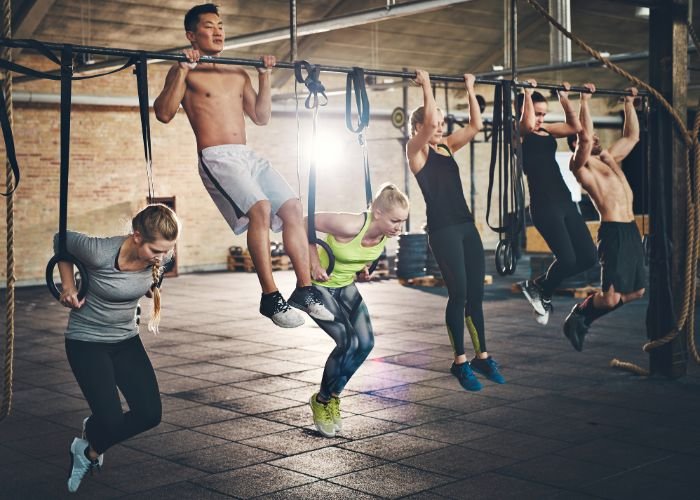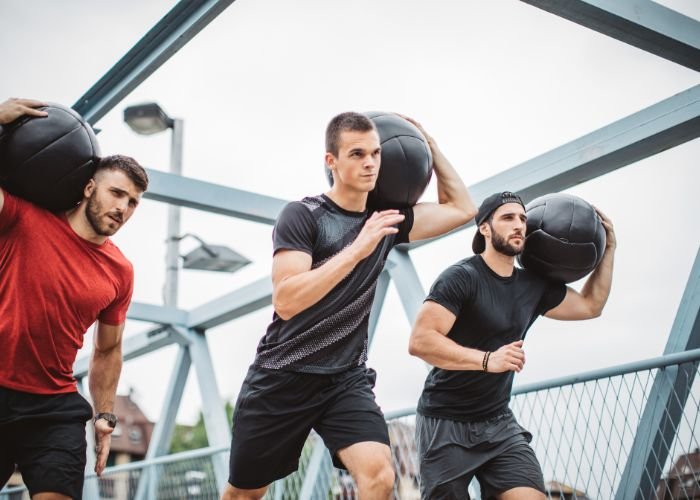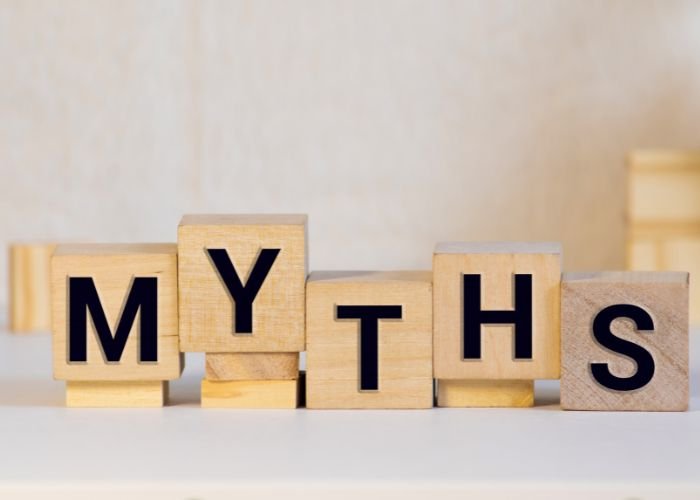
Physical fitness isn’t just about hitting the gym or flexing muscles. It’s your body’s ability to perform daily tasks efficiently, without getting tired too fast, while still having enough energy for fun stuff and unexpected moments.
In real life, it means walking up the stairs without losing your breath, lifting groceries without pulling a muscle, and being active without feeling like you’re running on fumes. That’s physical fitness in action.
Why Physical Fitness Still Matters
People in the U.S. are sitting more, moving less, and it’s showing. The CDC says just 1 in 4 adults meets the physical activity guidelines. That’s not great, especially when regular movement can seriously lower the risk of heart disease, diabetes, and even depression.
Whether you’re 25 or 65, staying fit impacts more than just your body, it affects how your brain works, your mood, your sleep, and how you age. In fact, the link between physical fitness and mental health is stronger than ever. Consistent physical activity can reduce anxiety and improve focus, memory, and even emotional control.
Health-Related Fitness vs Skill-Related Fitness
Before diving into the types, let’s clear this up. You’ll hear the term health-related fitness tossed around a lot, it refers to the kind of fitness that boosts your long-term health (like endurance, flexibility, strength).
Compare that with skill-related fitness, which is more about performance, like agility, coordination, and speed. Think of it this way:
- Health-related = Live better, longer
- Skill-related = Perform better in sports or specific activities
Need more details on this? Check our guide on health vs skill fitness.
5 Key Components of Physical Fitness

Each one plays a role in keeping your body running like a well-oiled machine:
- Cardiorespiratory Endurance : Think walking, running, biking. Your heart and lungs need to work well over time.
- Muscular Strength : Lifting, pushing, carrying, this helps you move heavy stuff without injury.
- Muscular Endurance : Not just strength, but how long your muscles can keep going before giving out.
- Flexibility : Stretching, reaching, bending. Keeps your joints and muscles moving pain-free.
- Body Composition : The ratio of fat to muscle in your body. It’s not about being “thin,” it’s about being balanced.
Each of these is a piece of the bigger picture. Together, they define what physical fitness really is.
Types of Physical Fitness You Should Know
Let’s break down the types of physical fitness you can actually work on, no science jargon.
1. Aerobic Fitness
This is your cardio zone. Running, swimming, cycling, activities that keep your heart rate up and lungs working hard.
2. Muscle Strength & Endurance
Strength training isn’t just for bodybuilders. Whether you’re lifting weights or doing push-ups, you’re building the ability to move better and avoid injuries.
3. Flexibility Training
This gets slept on. Yoga, dynamic stretching, mobility drills, all help prevent stiffness and improve your range of motion.
4. Balance & Stability
Crucial for older adults but important at every age. Balance helps with posture, coordination, and avoiding falls.
5. Speed & Agility
If you’re into sports, this is your lane. Quick movements, direction changes, reaction time, all fall under skill-based fitness.
The Real-Life Benefits of Physical Fitness
Here’s what staying fit can actually do for you:
Pros:
- Boosts energy and focus
- Reduces risk of chronic diseases
- Supports stronger immunity
- Improves sleep and mental clarity
- Helps manage stress and anxiety
- Slows down age-related muscle and bone loss
Cons (if you overdo it):
- Risk of injury without proper form
- Burnout if you don’t rest
- Can get expensive (gyms, gear) if not planned smart
- Easy to compare your progress to others, don’t do that
That said, the benefits of physical fitness far outweigh the downsides, especially when you find what works for your body and your lifestyle.
Fitness as You Age (Spoiler: It Matters More)

If you’re in your 30s or 40s, now’s the time to start stacking wins for your 60s and beyond. Aging and physical fitness go hand in hand, because the earlier you build habits, the easier aging gets.
Want to stay mobile and independent into your 70s and 80s? Regular workouts can help reduce bone loss, improve balance, and even delay cognitive decline.
How to Improve Physical Fitness (Without Burning Out)
You don’t need a crazy routine or a personal trainer to get started. Improving physical fitness is more about consistency than perfection.
Here’s a smart, no-BS way to build it up:
1. Start With What You Have
- No gym? Go for brisk walks or bodyweight circuits.
- Tight schedule? Break workouts into 10: 15 min chunks.
2. Mix It Up
Aim to hit different areas weekly:
- Cardio: 3: 5x/week (walking, cycling, swimming)
- Strength: 2: 3x/week (weights, resistance bands, push-ups)
- Flexibility & mobility: 3: 4x/week (yoga, dynamic stretches)
3. Track Your Progress
Use a free app like MyFitnessPal, Fitbit, or even Apple Health. Seeing improvement in your steps, strength, or endurance helps you stay motivated.
4. Stay Consistent With Recovery
Recovery is part of fitness. Get enough sleep, stay hydrated, and don’t skip your rest days.
U.S.-Specific Fitness Tips That Actually Work
If you’re in the U.S., you’ve got solid options right in your neighborhood. Try these:
- Use Your Local Parks: Most city parks now have walking trails and even basic workout stations.
- Look for Community Rec Centers: These often offer affordable group classes, strength training, and pool access.
- Healthcare Perks: If you’ve got insurance, check if it includes SilverSneakers (for seniors), wellness discounts, or gym reimbursements.
- Active Commuting: If you can, walk or bike part of your commute. Even public transport often involves more steps than driving.
And don’t sleep on tech:
Apps like FitOn, Nike Training Club, or Apple Fitness+ are free or low-cost, and packed with U.S.-based trainers and programs that are easy to follow at home.
Common Myths About Physical Fitness (Let’s Debunk)

- “You need to work out every day.”
Nope. Quality > quantity. Rest is part of growth. - “Cardio is the only way to get fit.”
Strength training and mobility work are just as important, especially for longevity. - “It’s too late to start.”
Never. Even people in their 60s+ can build muscle and improve endurance.
Related Deep Dives
- Curious about how flexibility, strength, and endurance all play together? Don’t miss our deep guide on components of physical fitness.
Final Takeaway
Physical fitness isn’t just for athletes, it’s for everyone. It affects how you age, how you feel, and how you handle life.
You don’t need to overhaul your lifestyle overnight. Start small. Be consistent. Make smart moves now so your future self doesn’t pay for today’s neglect.
In short? Take care of your body, it’s the only place you have to live.
FAQs
Citations
Human Kinetics. (n.d.). What is physical fitness? https://us.humankinetics.com/blogs/excerpt/what-is-physical-fitness
Cordeiro, B. (2013, September 3). 7 exercise myths debunked. MD Anderson Cancer Center. https://www.mdanderson.org/publications/focused-on-health/exercise-myths.h12-1589046.html



Leave a Reply